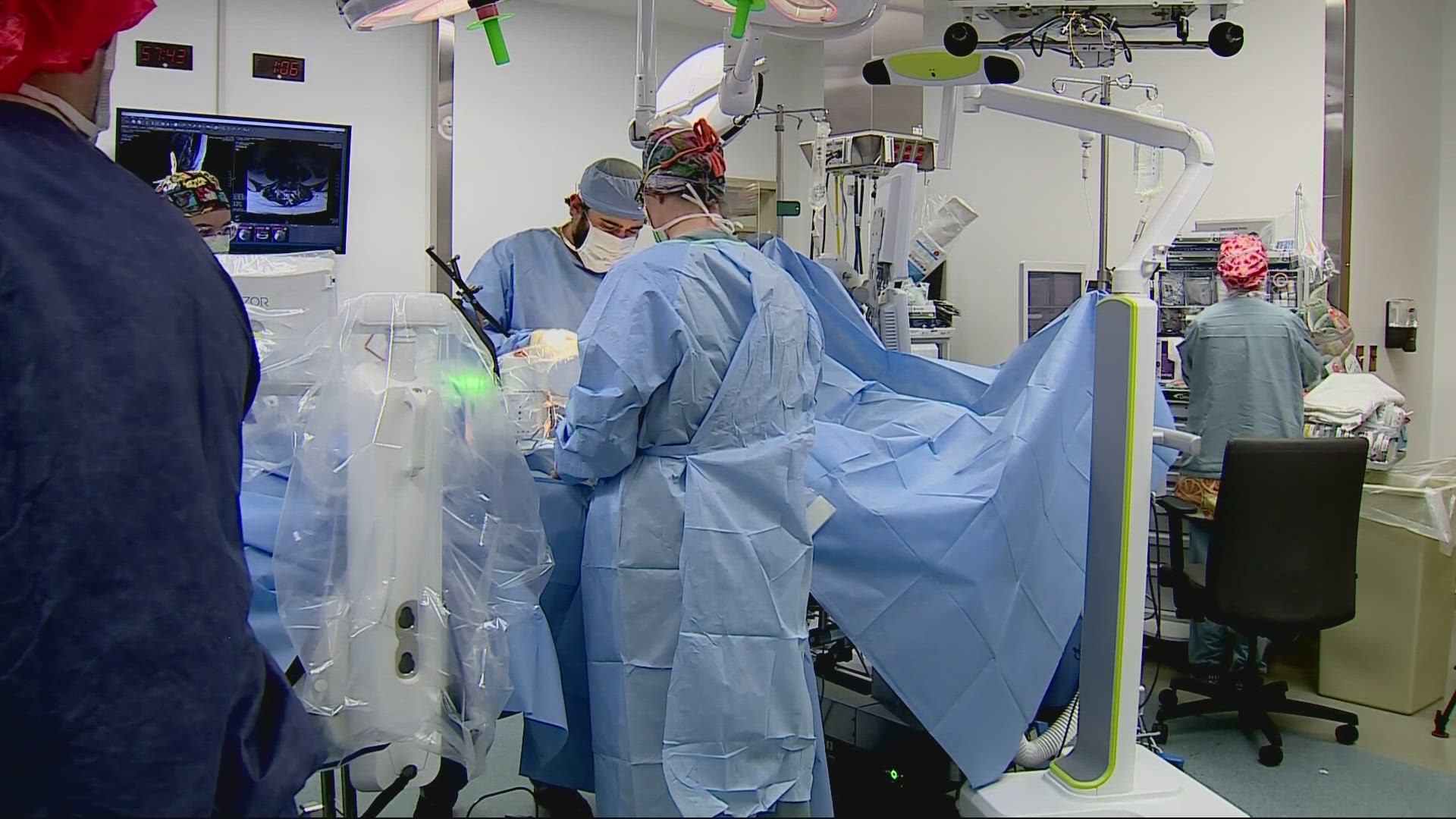PULLMAN, Wash. — For decades, titanium has been the preferred choice of metal used in surgeries and implants like knee or hip replacements, but two professors at Washington State University say they've created a new 3D printed metal that can kill a lot of infection-causing bacteria while not breaking down over time and staying compatible with the surrounding tissue.
"There are only few metals that have the ability to kill bacteria. Silver is one, copper is one, zinc also has similar properties," said Amit Bandyopabhyay, a professor at WSU's School of Mechanical and Materials Engineering.
Any foreign object placed inside a patient's body carries a risk of infection, which doctors will usually try to prevent or, if necessary, treat using antibiotics. But around 7% of cases end up developing infections that require the removal and replacement of the metal implant, according to, according to a WSU news release announcing the discovery.
Using 3D printing technology, Bandyopabhyay and his wife Susmita Bose, also a professor within the same department at WSU, added 3% copper and 10% tantalum, a corrosion-resistant metal, to titanium — and found that in lab tests, the resulting metal killed 87 percent of the bacteria that causes staph infections.
The researchers spent three years on the study of their implant material, looking at its antibacterial response both in the lab and in animal models.
"We did the work with 3% copper because we wanted to make sure everything else looked good, mechanical properties and all the things," Bandyopabhyay said.
Copper is one of the most common metals, he added — many everyday objects like door handles are made of copper or brass, which allows them to be somewhat germ-resistant, killing the bacteria on their surfaces rather than allowing them to grow.
Bandyopabhyay and Bose said any use of the metal in real-world surgical implants is still years away, calling their work so far a proof of concept.
"It's going to be slowly coming in," Bandyopahbyay said. "It's not going to be coming in as a hip or knee, but probably in the fasteners or fracture management devices. Plates and screws and things like that, and then it will come to the other areas."
Ultimately, the researchers want to reach 99% effectiveness, while making sure the metal can still withstand real-world conditions in a human body, such as surviving the impacts of rigorous exercise like hiking, and making sure the metal doesn't break down over time.
"The key factor, because these are medical implants, these are load-bearing implants, so you need a very detailed study in terms of the mechanical properties," Bandyopahbyay said. "Last thing you want is no infection, but the metal implant fails in the body, you don't want that."
The researchers are working with WSU’s Office of Commercialization and have filed a provisional patent. The work was funded by the National Institutes of Health and included collaboration with researchers from Stanford University and WSU’s College of Veterinary Medicine.

